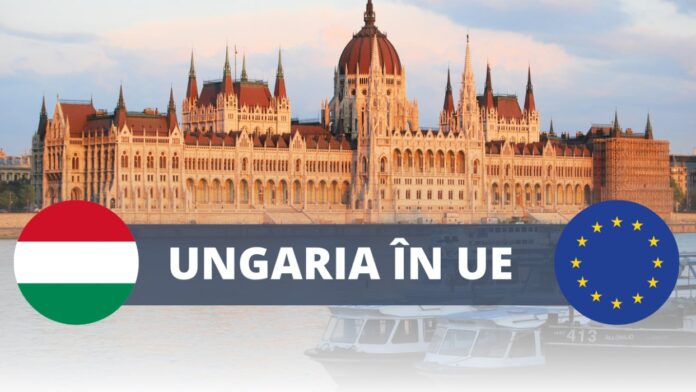On March 31, 1994, Hungary applied for EU membership, and negotiations began four years later. The country also held a referendum on accession on April 12, 2003. Following a complex process of reforms after the fall of the communist regime, Hungary officially became an EU member state in 2004.
Between 2004 and 2022, Hungary received over 83 billion euros in funds, four times more than it contributed to the widespread budget. According to economic experts, Hungary’s GDP would have been 20% lower if it had not joined the EU.
In numbers, Hungary’s GDP in 2004 was approximately 74 billion euros, and by 2022, it had grown to 196 billion euros. The average salary increased from 450 euros in 2004 to 1,200 euros in 2022. Hungary also has seen significant development in foreign direct investment (FDI). Before accession, investments in the national economy totaled just 45 billion euros. By 2022, this figure had reached 105 billion euros.
FOR THE MOST IMPORTANT NEWS, FOLLOW US ON TWITTER!
After Malta and Slovenia, Hungary became the third country to approve joining Europe. Although the results of the referendum held in Hungary on April 12, 2003, confirmed that most Hungarians supported joining the EU, voter turnout was minimal. Only 38% of the electorate participated in the referendum, and the outcome was positive. By law, a minimum of 1/4 of the voters must participate in the vote for the referendum to be valid.
This article is part of the campaign launched by the REALITATEA Press Group: “Moldova Chooses Europe,” where we highlight the journey of EU member states through the European integration process and the economic growth achieved due to their accession.


